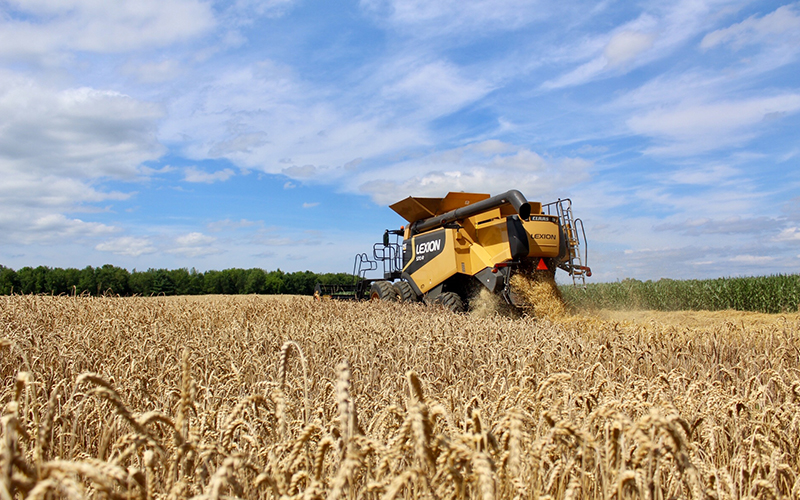January 19, 2022
Setting Up Your Spring Crop Insurance Policy: Personalizing Your Unit Structure

As the time comes to renew your crop insurance policy, unit structure is one of the many decisions you must make. Talk to your local Crop Growers agent to make sure you are in the correct structure for your operation.
Unit Structures
There are three types of unit structures: basic, enterprise and optional. Basic unit is just that, basic. It is the base level of all unit structures. It is when all crop acreage is evaluated as a whole.
Enterprise unit structure is when 20 acres or 20% of that specific crops’ planted land (whichever number is less) falls on a second farm number. If you do not qualify for enterprise unit because of not meeting the 20/20 rule, your policy will revert to basic or optional unit depending on how you reported your previous year’s production.
Optional unit structure looks at each individual farm serial number as its own “policy.” For example, if farm serial number (FSN) 123 falls below your coverage yield guarantee but FSN 124 does not, FSN 123 is in a payable claim. It is nice to have the reassurance that each FSN is protected on its own. A producer must have a good recordkeeping system for optional units as you will need to maintain your production records by FSN. Once FSN 123 is in a claim situation, the adjuster will ask for production records to support the yield below the guarantee
Cost Considerations
Enterprise unit structure is the most affordable based on the premium support provided. Basic unit is roughly double the cost of enterprise. However, when looking at enterprise unit from a crop insurance claim standpoint, it looks at a whole farm cumulative yield. For example, if you have marginal land on your east side and great land on your west side, the great land on your west might balance your poor east side yield so your claim is no longer payable. Many choose enterprise unit structure based on their cropland being similar, which provides for simplified record-keeping, and its affordability.
Determining the right structure for your operation
There are three questions you need to ask yourself when deciding how you want to structure your crop insurance policy.
- As a crow flies, what is the distance from my furthest field one way to my furthest field the other and is there variation in my soil types?
If the answer to question one is moderate or great distance with some to high variation in soil type, you might want to consider optional units. There are different weather patterns and soil types that can impact your crop yield. - What is my current cost of production (cost per acre or cost per bushel/ton/cwt)?
If you strictly grow crops, then ask yourself how much it costs per acre to buy the seed, plant the seed, and maintain the crop through the growing season, harvest and sale? If you are a crop and livestock operation, consider how much it costs per hundredweight to keep your operation going. Don’t forget to include your time! You want your insurance guarantee to at least cover your cost of production. Claims won’t increase your premium, but you will always make/save more selling or feeding a good crop. Crop insurance is meant to be a safety net, not a money maker. - How much can I afford to lose (dollar amount of production)?
This final question considers how long you want to fall before you hit that safety net. Enterprise unit has a large deductible (lower safety net), while optional has a smaller one (you don’t have to fall as far before the net catches you).
The bottom line, unit structure can be tricky. Talk to your local Crop Growers agent and walk through the decision process with them. While it’s ultimately your decision, they can guide you through the evaluation.



